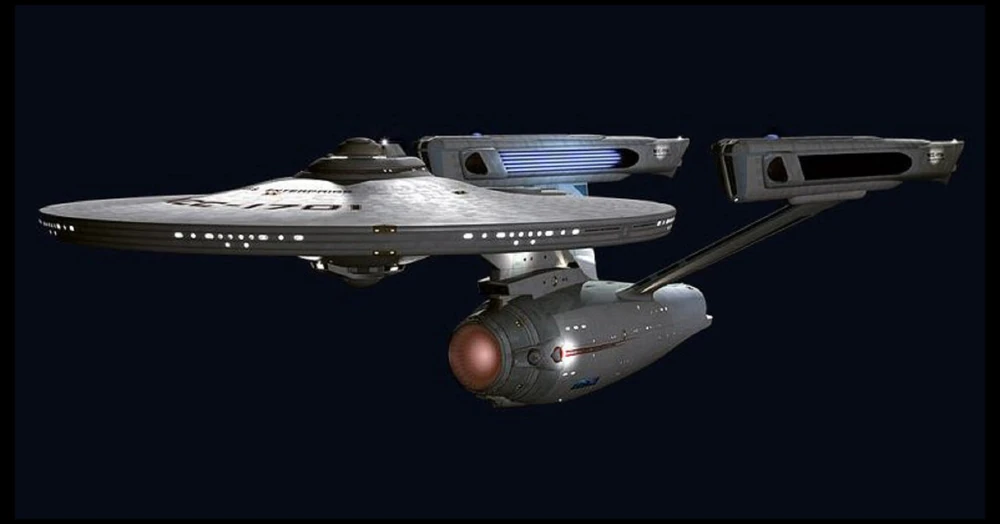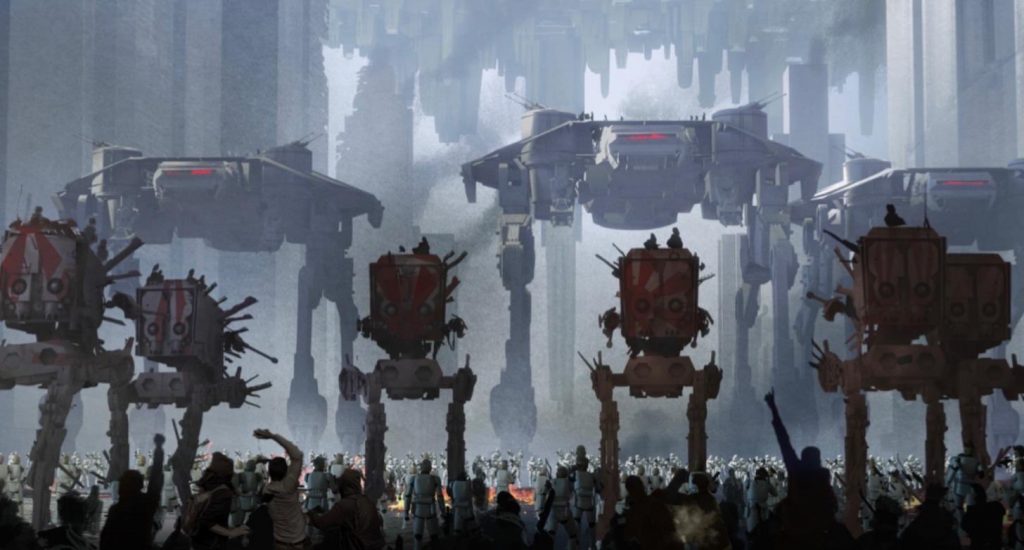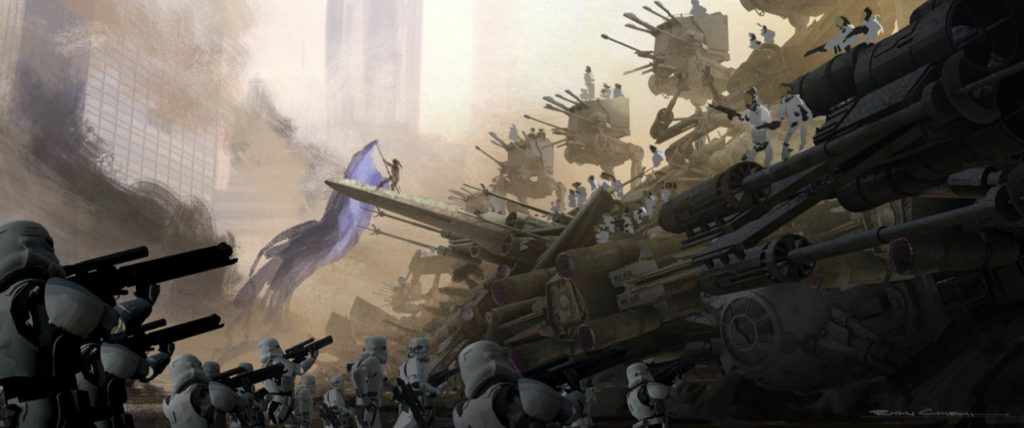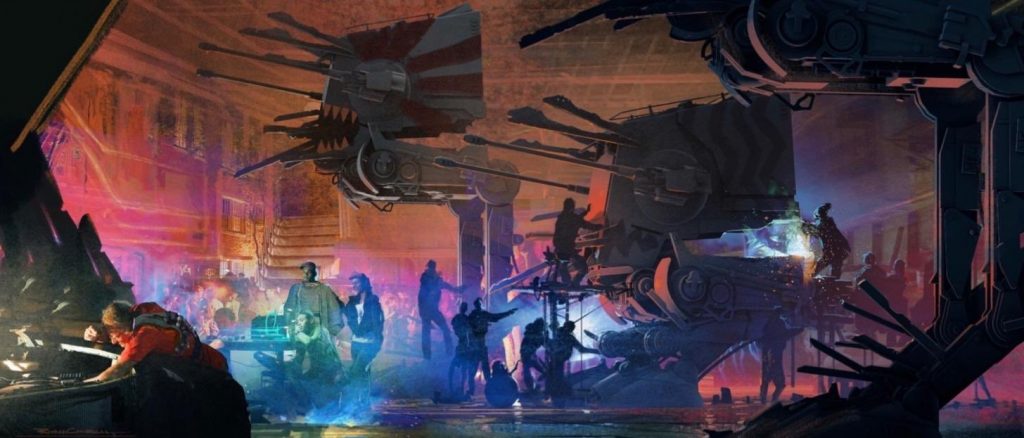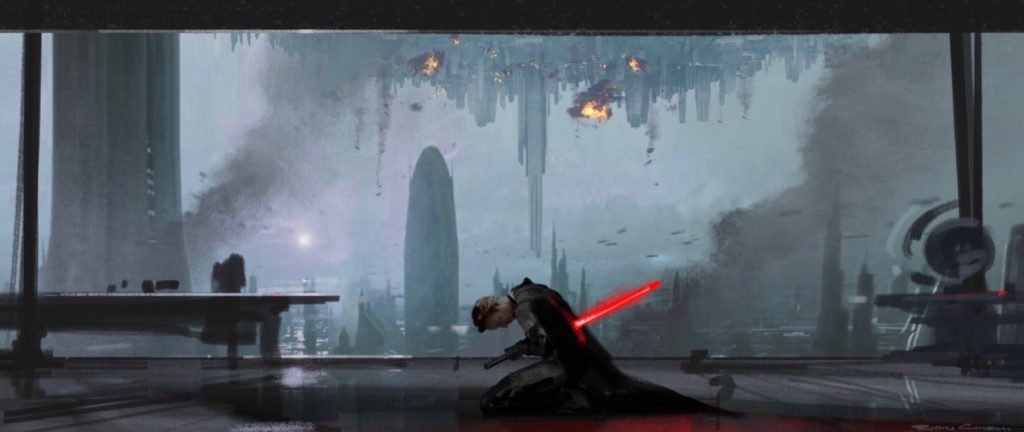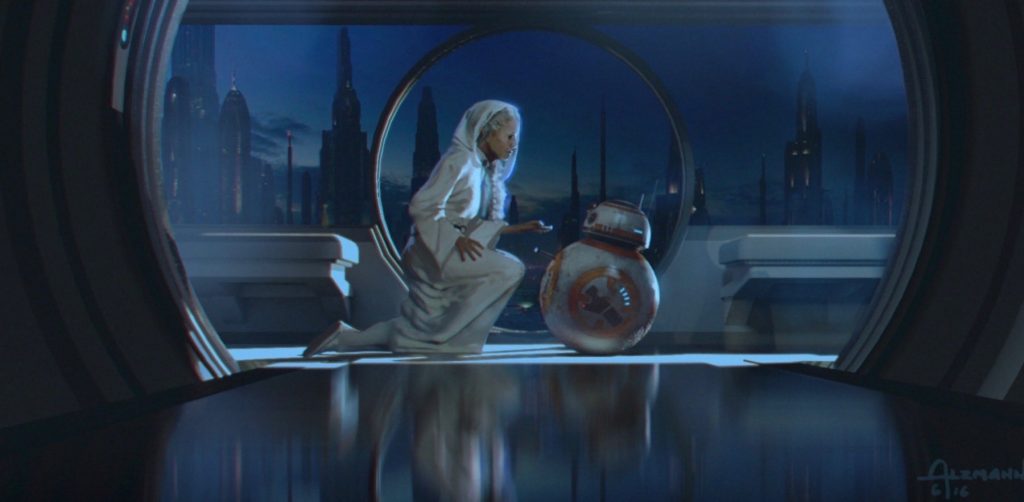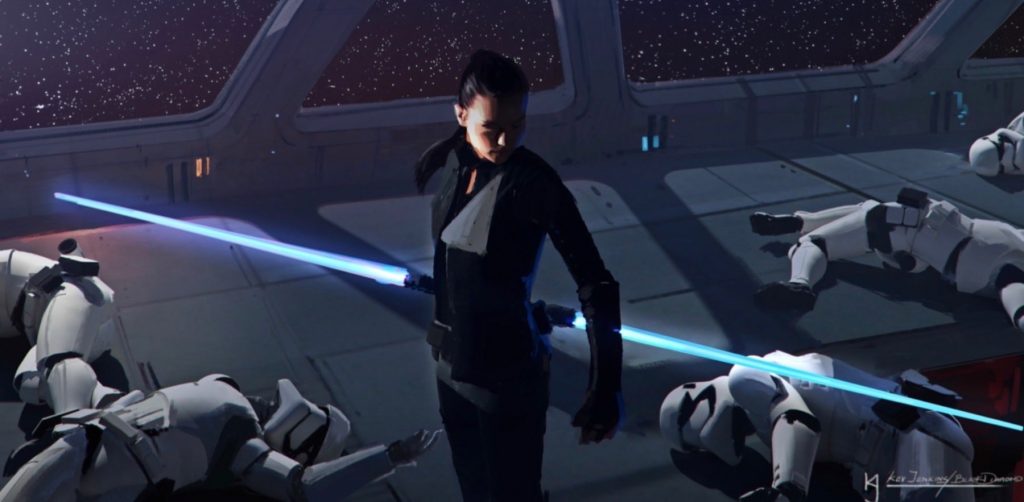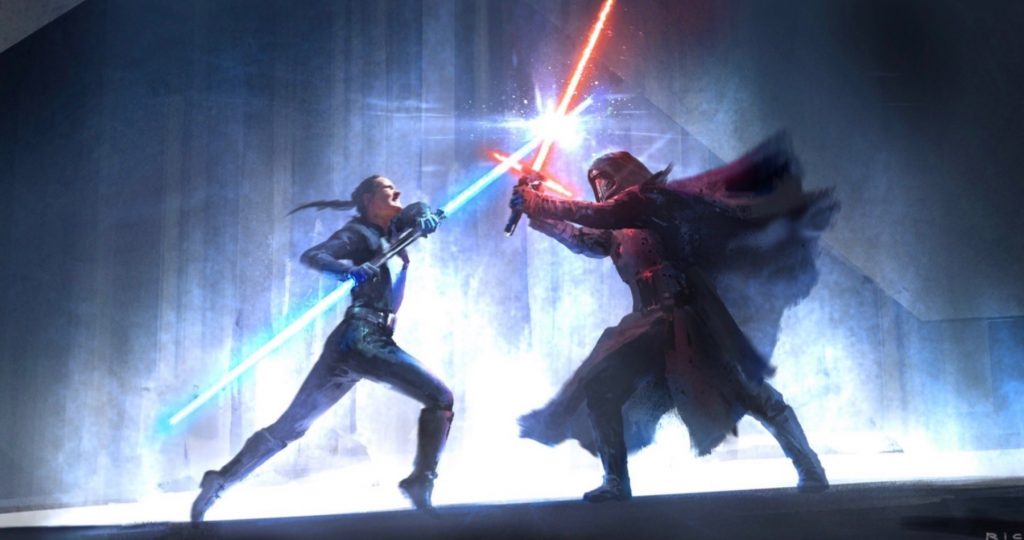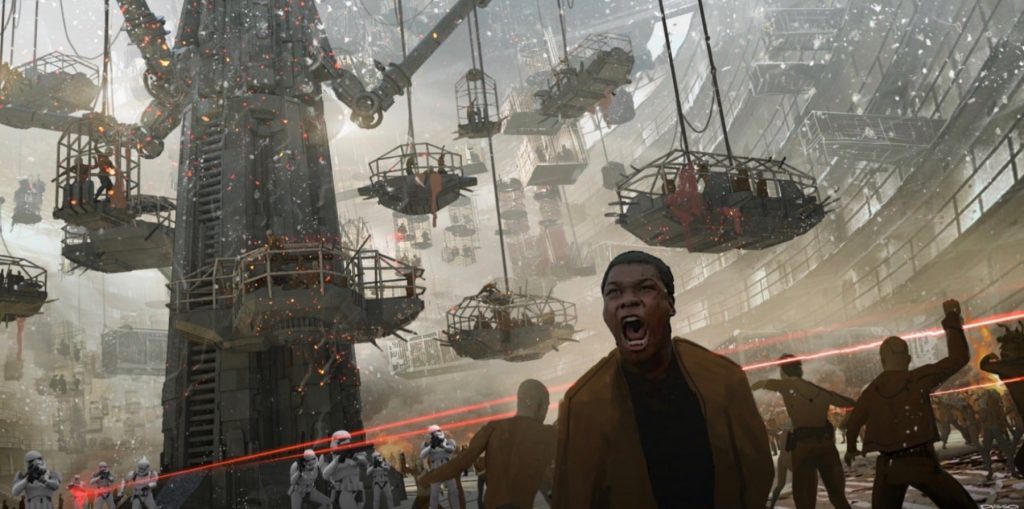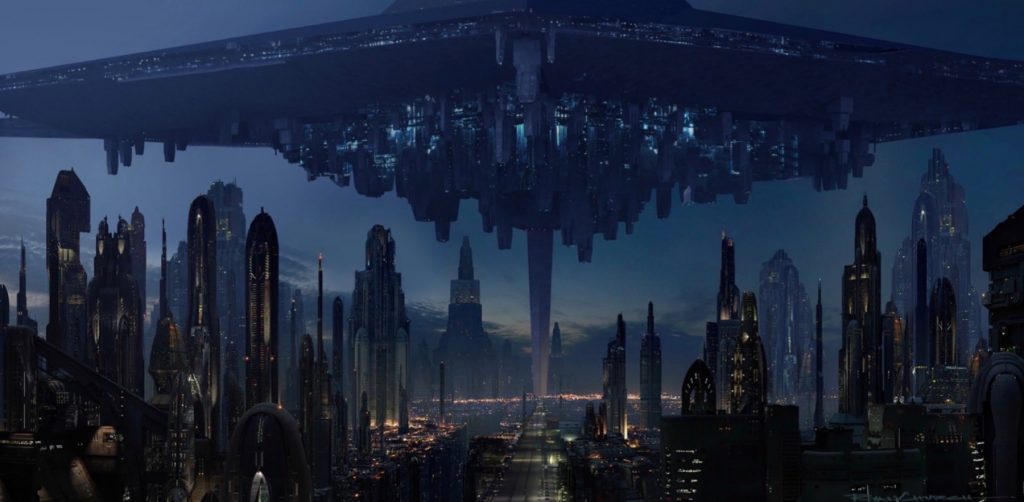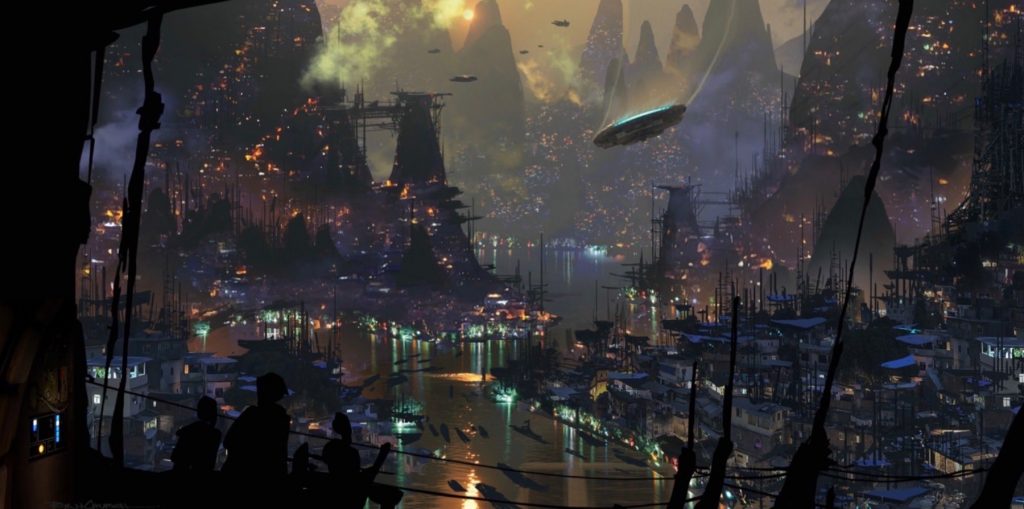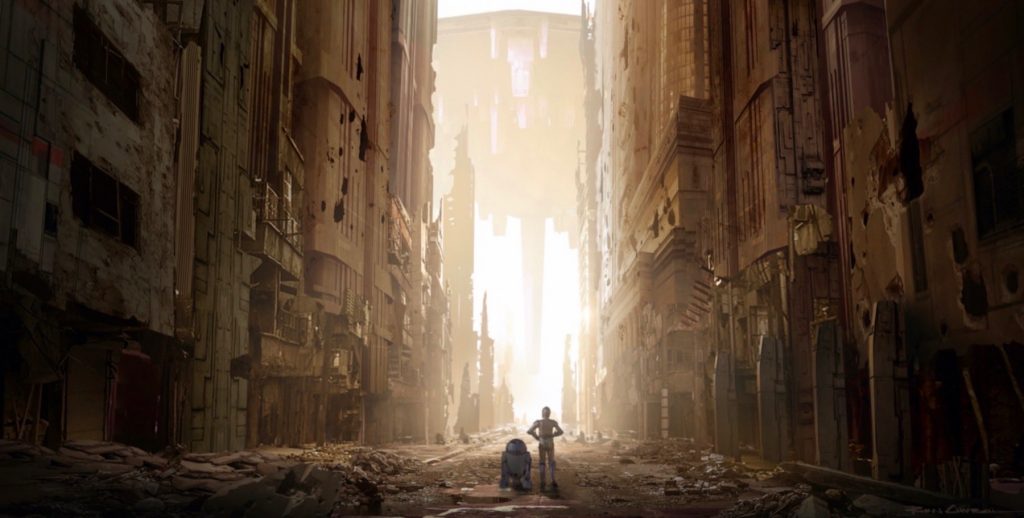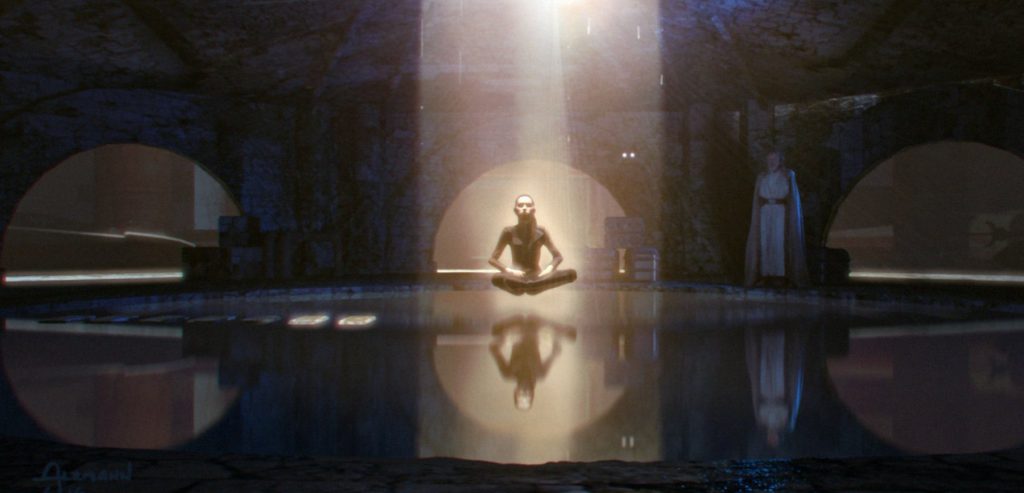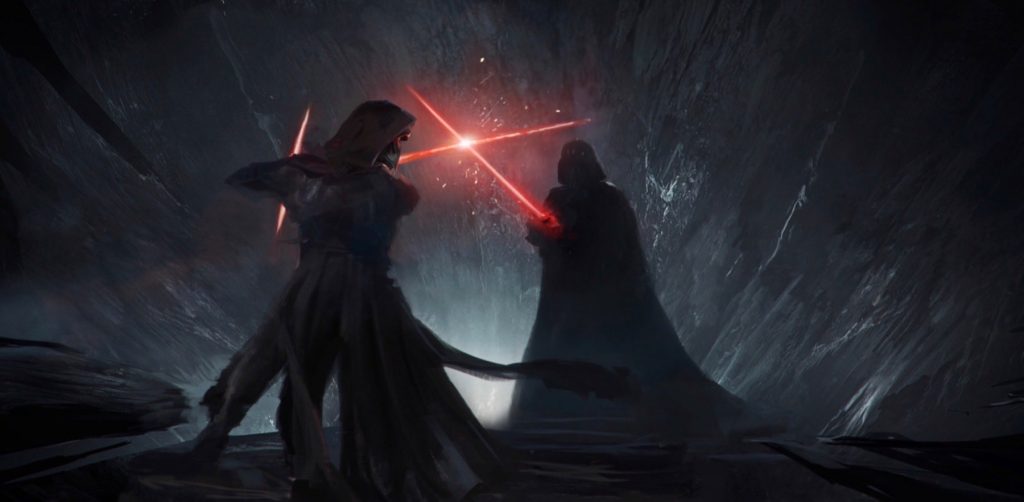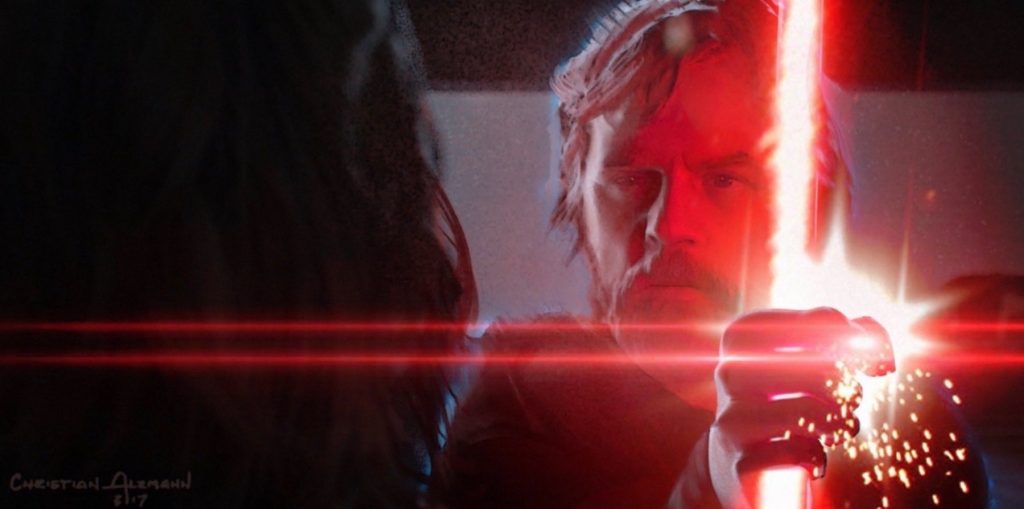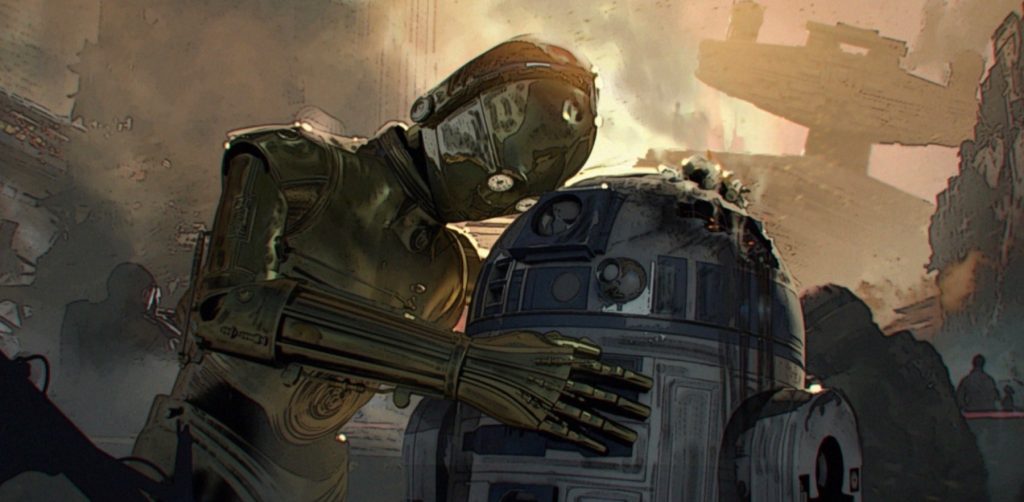I am again testing wordpress-bluesky integration. For this post, I have no inline images, and am using a featured image.
Category: Movies and Television
-
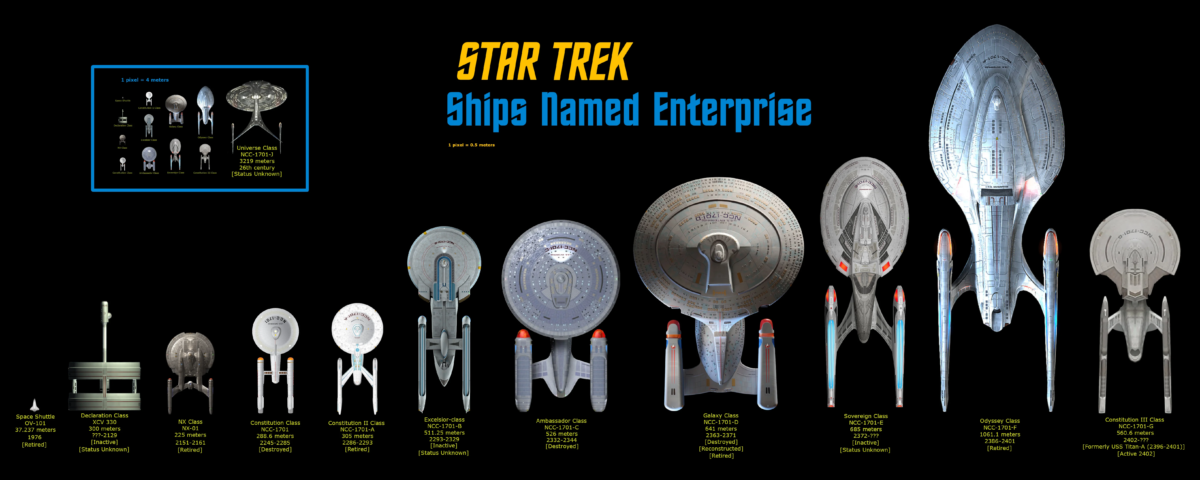
Starship nacelle and hull geometries
Looking at various comparative silhouettes for the Enterprise family of starships, I am struck by how nacelle sizes are relatively constant in width and tend to get somewhat proportionally longer. This is not based on any science fiction physics of warp drive but an aesthetic that fans and designers alike have settled on as an informal consensus. The Sovereign nacelles are among the largest (I don’t have an Odyssey comparison pic handy right now) but only in terms of length – the galaxy and the Ambassador’s nacelles are much wider. Some of that may be to tech improvements but the general aesthetic I am seeing is that – again, not based on warp physics speculation – the nacelle width and length looks most pleasing when they are reflective of the ship dimensions overall.
That said, there does seem to be an upper limit. The Enterprise-J, which is really a portable biosphere, breaks all of these assumptions. However, if you truly had a massive station-sized ship – eg Starbase 1 or Spacedock – would you just attach mega nacelles to it? Defiant shows us that external nacelles aren’t even necessary. Suppose you wanted to build a giant colonizing ship (like the Enterprise-J, which is technically an alternate timeline and not canon), or a mobile spacedock (something along the size of the ships in Banks’ Culture series). I think nacelles wouldn’t even be necessary above a certain size. But if you wanted to have nacelles, perhaps arrays of nacelles would be better – a port array of four, a starboard array of four, a ventral array, etc. These could be Sovereign-style nacelles rather than Stargazer-size.
Above a certain size, even the assumptions of a primary hull, secondary hull, etc break down. My theory is that at some point it just becomes more effective to approach a sphere or a cylinder in shape as ship size scales up. The biggest Starfleet space vessel we have seen is the new Spacedock which is already mostly cylindrical. And Borg ships tend towards simple geometries as well with no need for nacelles. These shapes are probably more efficient in a (fictional) warp physics sense than the elongated saucers of starships and therefore don’t need nacelles per se.
-
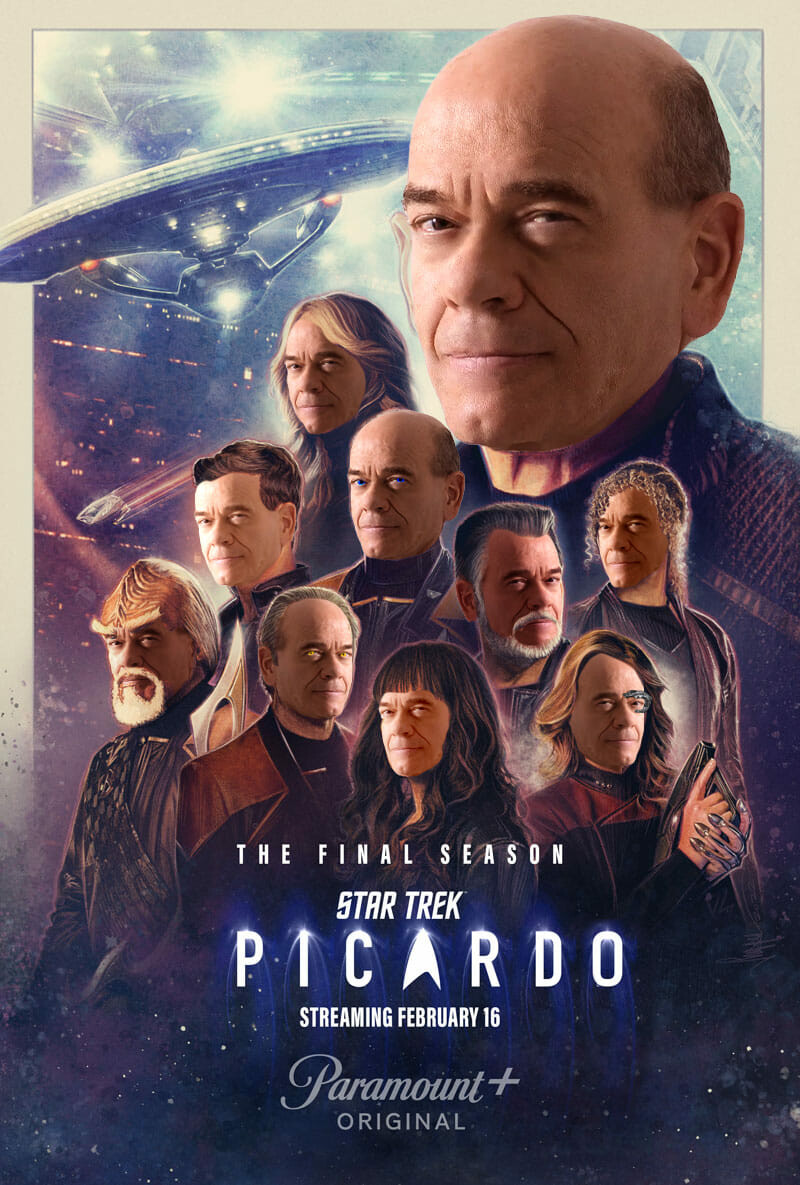
Picard fails to engage
I was cautiously optimistic about Picard. Alas… So far, it’s making the same mistakes as previous seasons and the early seasons of Discovery, too – dragging things out, teasing, explaining instead of showing, forcing drama instead of letting it evolve.
Spoilers follow.
(more…) -
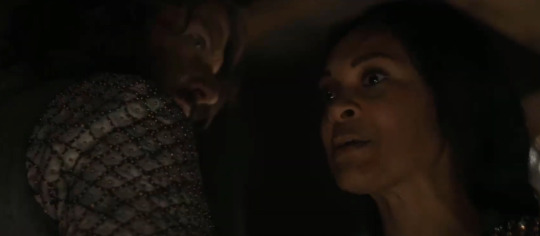
This is the Way of the Faithful (Miriel and Elendil)
Elendil – You’re doing well.
Queen Miriel – Patronize me like that again, Captain, and I’ll have your ship.
Elendil – (slight smile) Come then. I have you.
Queen Miriel – And who has you?
Elendil – (hardens gaze)
Queen Miriel – Given your loss, I would understand it if, upon our return, you wish to take a leave of duty.
Elendil – You once asked me why I pulled Galadriel from the sea. I claimed to have had little choice. But the truth is, I could have left her there. Could have refused to follow her to Middle-Earth. Or stopped my son from doing so. Yet, at every turn, I made the choices I did because…
Queen Miriel – Why, Elendil?
Elendil – Because “Elendil” does not merely mean “one who loves the stars.” I just never imagined it would lead here.
Queen Miriel – (breath trembling) My father once told me, that the way of the Faithful is committing to pay the price… even if the cost cannot be known. And trusting that, in the end, it will be worth it.
Elendil – (whispering) Sometimes the cost is dear.
Queen Miriel – (sighs) It is.
Elendil – We have little choice then but to keep serving. And I, for one, will see to it that we make the end worth the price.
Queen Miriel – Come what may?
Elendil – Come what may.
-
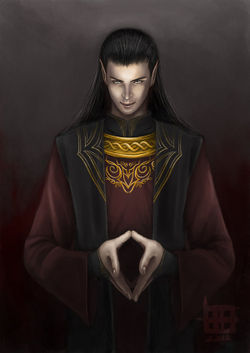
A brief history of Sauron
Count me among the Rings of Power fanboys. I think the series deserves the same consideration as the movies did, in terms of being free to depart from the text and embrace the medium. The only valid canonical complaint in my opinion would be a discrepancy between the show and the movies because I want them to be the same canon, which isn’t technically necessary. All of the characters are mythic in scope and the series could be considered to be a version of events as told.
As an aside, since this series is aired at the same time as that Other Show – I find Rings of Power thematically superior to House of the Dragon. One is a grand sweep of good vs evil and the other is a dirty crawl through the sewers of human nature. At this time in my life, I find that the former is what I need.
“Hope is never mere, Elrond … even when it is meager. When all other senses sleep, the eye of hope is first to awaken, last to shut.”
Gil-Galad to Elrond, Rings of Power Episode 5The compression of the timeline is a brilliant device in my opinion to bring the racial histories of the Second Age into alignment. This narrative decision also fuels the central question of who/where Sauron is, by raising the stakes for all the races of Middle Earth at once. Unlike the current speculation on The Stranger, Halbrand, Adar, or even Bronwen (lol), I think it is extremely unlikely we will see Sauron until after the resolution of the Mithril storyline and the completion of Celebrimbor’s forge. Understanding who Sauron is requires, I believe, a review of the textual timeline, whether or not the text is being strictly adhered to or not.
Here, in order, are the events in the text (and I am purposely omitting year) pertaining to Sauron’s whereabouts and actions. (source)
- Sauron arises in Middle Earth after Morgoth’s defeat
- Sauron deceives Celebrimbor into forging the rings of power, and secretly forges the One Ring to rule them all. At roughly the same time, Sauron finishes building his fortress of Barad Dur and establishes his domain in Mordor.
- War between the Elves and Sauron. This goes badly, with Rivendell besieged and Eregion destroyed. Until…
- The Numenorians arrive and save the day, destroying Sauron’s forces and causing him to flee to Barad Dur. Then they go back.
- Much later, the Numenoians return under Pharazon, defeating Sauron and taking him captive back across the sea.
- Sauron corrupts Numenor, leading to their downfall and destruction, and the breaking of the world.
- Elendil and his sons escape and found Gondor. More warm ending in the Last Alliance of Elves and Men, Sauron’s defeat, and the One Ring being cut from Sauron’s hand. Thus ends the Second Age.
So, in a nutshell, Sauron first deceives the Elves to create the Rings of Power and the One Ring, and uses that power to establish his dominion. War begins, and the Numenorians help defeat him. Sauron goes as a prisoner to Numenor and then returns with Numenor destroyed. War continues, and the Elves and Men defeat him.
From the above, I think we see that Sauron’s appearance in the narrative doesn’t make a lot of sense until after Celebrimbor’s project is finished. I predict that there won’t even be any mystery around it. The series will probably introduce him openly as Annatar in Season 2. That’s my prediction, let’s see if I’m right a year from now 🙂
-
Desi Dad review of Ms Marvel S1E1
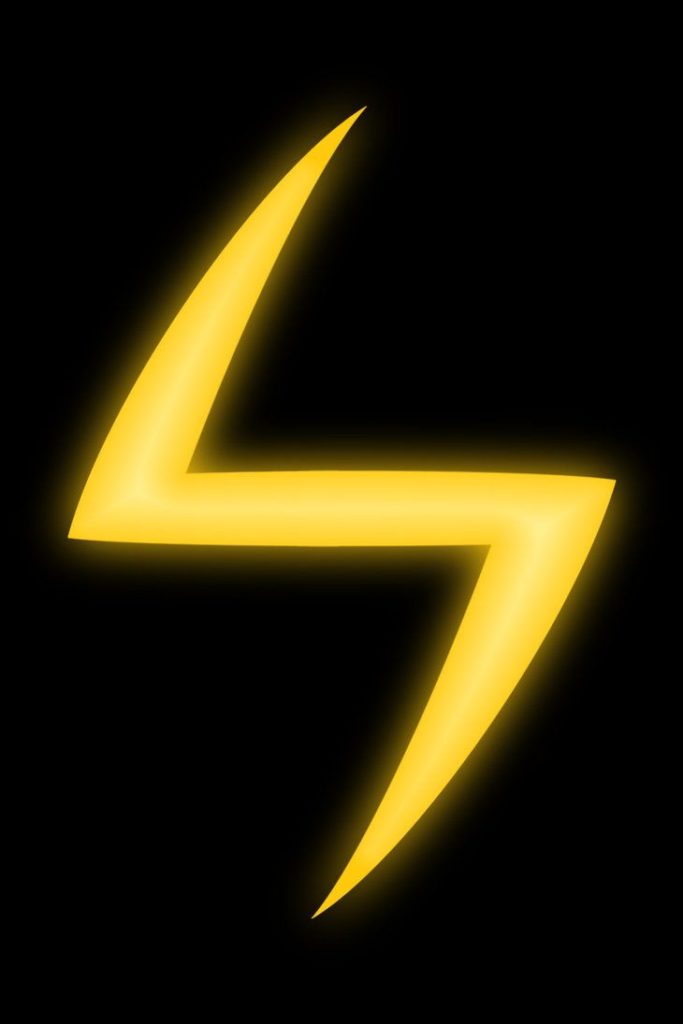
Kamala Khan Lives!
I know one of the creators of Ms. Marvel personally so I admit I am biased out of loyalty and love for my friend. As an MCU fan, I’m also internally wired to just love everything about this show. Far better MCU analysts than myself can provide far more interesting commentary than I can about the lore and the canon and the easter eggs. On one level, I just watched Ms. Matrvel as a fan and geeked out and loved it.
There’s another angle however that I can’t escape, and one I can’t ignore because the Pakistani representation is being given almost equal billing to the incredible performance (see? biased) of Iman Vellani as Kamala. My angle, quite simply, is that I’m almost 50, and I have two teenage daughters. (Well, one is 20).
(spoilers….)
I am grateful for the cultural beats and the unabashed inclusion-without-spotlighting of Islamic elements. (honestly, though, Aamir is a bit stiff and Yusuf a bit too loose). The problem here is more fundamental to the very character of Kamala herself, the same struggle that the character embodies and was conceived to address. Identity, for a Muslim, and a brown kid, in a western culture automatically entails sacrifices and compromises, not to mention a genuine sense of confusion at times that we never really outgrow. I am ABCDEFG myself, from Chicago rather than HIJ, and my childhood was straight outta Stranger Things. My life had both D&D and bike rides as well as masjid and madrasah. Everyone who is brown can relate to this duality, Deen and Dunya, wearing one (sometimes literal) hat here and another hat there.
The problem I have is that the solution in media always seems to be the same. Ultimately, the culture and the faith are always portrayed as obstacles rather than empowering. Here’s where I express hope that Aamir can be a source of wisdom to Kamala for the latter. We are one episode in and we see that Kamala has a lovesick gora sidekick who surely will trigger a “you were in front of me this whole time” moment before season 1 concludes, she gets off ridiculously easy for lying to her mom (again, Yusuf is not really a factor beyond goofball and guilt trip), and apart from casual tosses of words like astaghfirullah and salaam wa aleikum here and there, the faith is largely relegated to wall hangings. Muneeba is rigid as expected (authentic in that regard) but her reasoning is devoid of any actual moral content. A convention is a party, parties are bad, we don’t trust you. (Yusuf weakly chimes in to moderate the point). Why are parties bad? She said haram things happen. True, but is that really why parties are bad? Haram things happen everywhere in Jersey and yet the Khans remain.
Yes, it’s a TV show, but ultimately having one devout side character go through the ritual motions, and having the main identity conflict be simplistically rooted in “my mom is mean and old fashioned” rather than give some airtime to the values that inform the other side of the conflict, makes Kamala’s identity crisis largely meaningless. I didn’t feel like my 16-year-old self would have related to Kamala, at least not yet. She could easily be any other Asian kid or daughter of conservative white parents and the conflict dialogue would have barely changed.
The mention of the girl Fatima who went off to Europe is instructive. On one level, of course it’s cool that she did so and Kamala is rightfully jealous and admires it. But the way that the mom and the auntie talked about it was rooted in the scene needing to show culture (and mom) as where fun goes to die. There wasn’t even a cursory attempt to understand why a European trip solo to “find yourself” would be problematic from a cultural POV, or an Islamic one. The critique is reduced to “she won’t have a ring on her finger” which is ultra generic to every immigrant culture on the planet. Those concerns have merit, but the show doesn’t allow for that at all.
What is my specific critique? Well, I don’t have one yet. I know the writing is on the wall here – Kamala is going to defy her parents, lie, and start dating Bruno (and not talk about him, no, no). But if she’s going to make these decisions, I’d like for her to feel the weight of them. Bruno speaks Urdu and is already in with the family so maybe the inevitable reveal of their relationship won’t even have plot consequences. That’s a shame because it should.
This is a TV show, not a feature film so there is time to explore what it means to literally be stuck between two worlds even before you put on the magic bracelet. I hope that the writing team is willing to explore that inside world with as much curiosity as they are the supernatural fictional one. That’s what true representation would look like.
-
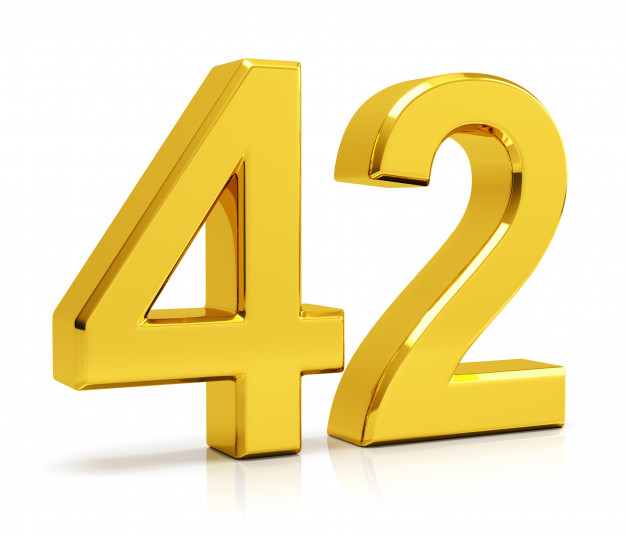
H2G2 at Hulu begins production
Yay, I guess. No word yet on cast and crew though.
Though this is certainly an interesting tidbit:
The series is said to have a completely different plot from the 2005 movie and 1981 six-episode television series directed and produced by Alan J. W. Bell.
And yet later on we also find:
The series has reportedly renewed for season 2 as well with no official confirmation yet. It is likely to adopt all the five novels in the series which include, “The Hitchhiker’s Guide to the Galaxy,” “The Restaurant at the End of the Universe,” “Life, the Universe and Everything,” “So Long, and Thanks for All the Fish,” and “Mostly Harmless.”
So honestly who knows?
-
The 12 million body problem
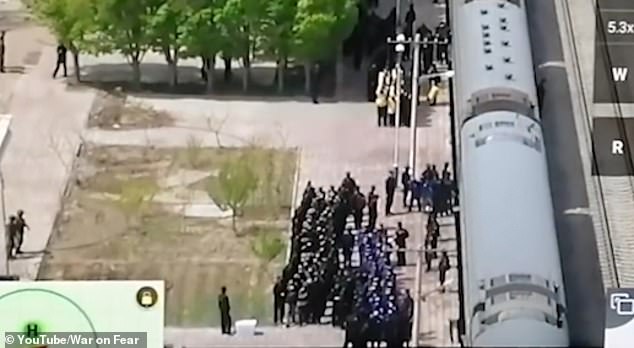
Chinese authorities: “this is normal” I’m aghast at this.
Five Republican US senators have asked Netflix to reconsider its plans to adapt the bestselling Chinese author Liu Cixin’s book The Three-Body Problem, citing Liu’s comments in support of the Chinese government’s treatment of Uighur Muslims.
In a letter to Netflix, the senators said they had “significant concerns with Netflix’s decision to do business with an individual who is parroting dangerous CCP propaganda”. The letter cites Liu’s interview with the New Yorker last year, in which the Chinese novelist was asked about the mass internment of Muslim Uighurs in Xinjiang.
“Would you rather that they be hacking away at bodies at train stations and schools in terrorist attacks? If anything, the government is helping their economy and trying to lift them out of poverty,” Liu said, adding: “If you were to loosen up the country a bit, the consequences would be terrifying.”
The Guardian, “Netflix faces call to rethink Liu Cixin adaptation after his Uighur comments”The question of separating the art from the artist doesn’t have an easy answer. Usually, I can – for example, Orson Scott Card’s political views are at odds with mine, but I am still able to enjoy Ender’s Game. However, Dan Simmons went completely overboard back in April 2006 to an unforgivable degree and rendering Hyperion completely unreadable to me. The above, from Liu, is equivalent in my view and arguably worse as he is glibly parroting CCP propaganda and justifying religious and cultural genocide.
I just finished saying that I try to avoid politics on this blog, but the simple fact is that science fiction is about the human condition. When writers of other genres offend me, it doesn’t sting. And at least with Card I can see where he’s coming from (I disagree profoundly, but I get it). Liu and Simmons made it personal.
I don’t begrudge him his Hugo but I sincerely hope that Netflix doesn’t reward Chinese propaganda with a TV deal. If they do, then I will not be watching.
-
Concept Art from Star Wars: Duel of the Fates
This is official concept art created for the earlier version that would have been directed by Colin Trevorrow. Images have leaked online via https://twitter.com/DRMovieNews1/, which provides the following descriptions:
- Force Ghost Luke blocking Kylo Ren’s saber with his hand
- C3PO comforting a damaged R2
- Rey being trained by Luke
- Kylo Ren fighting Vader
- Rey (with double bladed saber) fighting Kylo Ren
- Rey taking out Stormtroopers
- Hux commits suicide with a lightsaber after Coruscant falls to the Resistance
- Leia delivering a message to BB-8 (callback to A New Hope)
- C3PO & R2 exploring the Coruscant ruins
- The Falcon lands on a new planet
- The First Order resuming control over Coruscant (pre-defeat)
- Finn yelling “REY!” during a battle scene
- The Final Battle on Coruscant
The script itself was leaked and discussed by Robert Meyer Burnett in the following video:
Trevorrow was fired by Lucasfilm Kathleen Kennedy, who also was behind the director change for the Solo movie for similar reasons of “different vision.”
